A FISTFUL OF DYNAMITE. Successful Blend of Western and War
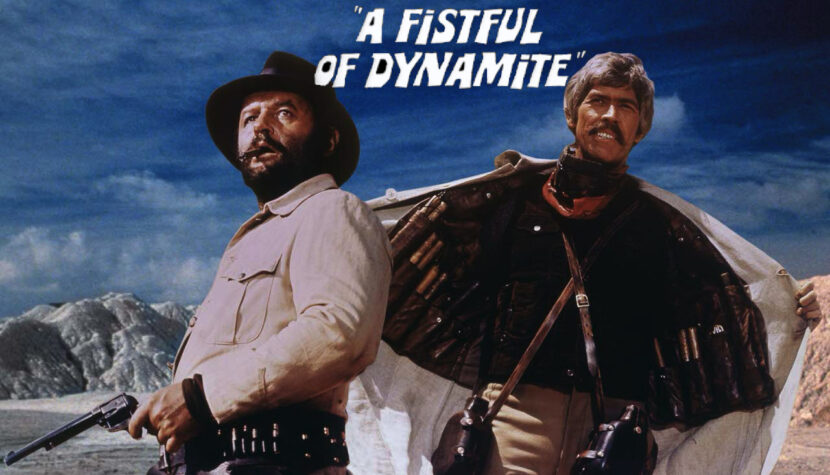
The Italian filmmaker was searching for someone else who would emulate his style. Names such as Peter Bogdanovich and Sam Peckinpah were considered. However, the producers ultimately persuaded Leone to take on the task, partly due to demands from Rod Steiger, who played one of the lead roles. Thus, A Fistful of Dynamite became the last western in which Leone is credited as director, unofficially included in a trilogy along with Once Upon a Time in the West and Once Upon a Time in America. The 1971 film initially resembles a typical spaghetti western but quickly adopts a strong political undertone.
A Fistful of Dynamite tells the story of two men whose fates intertwine under unpleasant circumstances. Juan Miranda (Steiger) is a local rogue who, along with his large family, robs stagecoaches of the wealthy, dreaming of a great fortune. One day, he encounters John Mallory (James Coburn), an Irish immigrant who fled his homeland due to his activities in the Irish Republican Army.
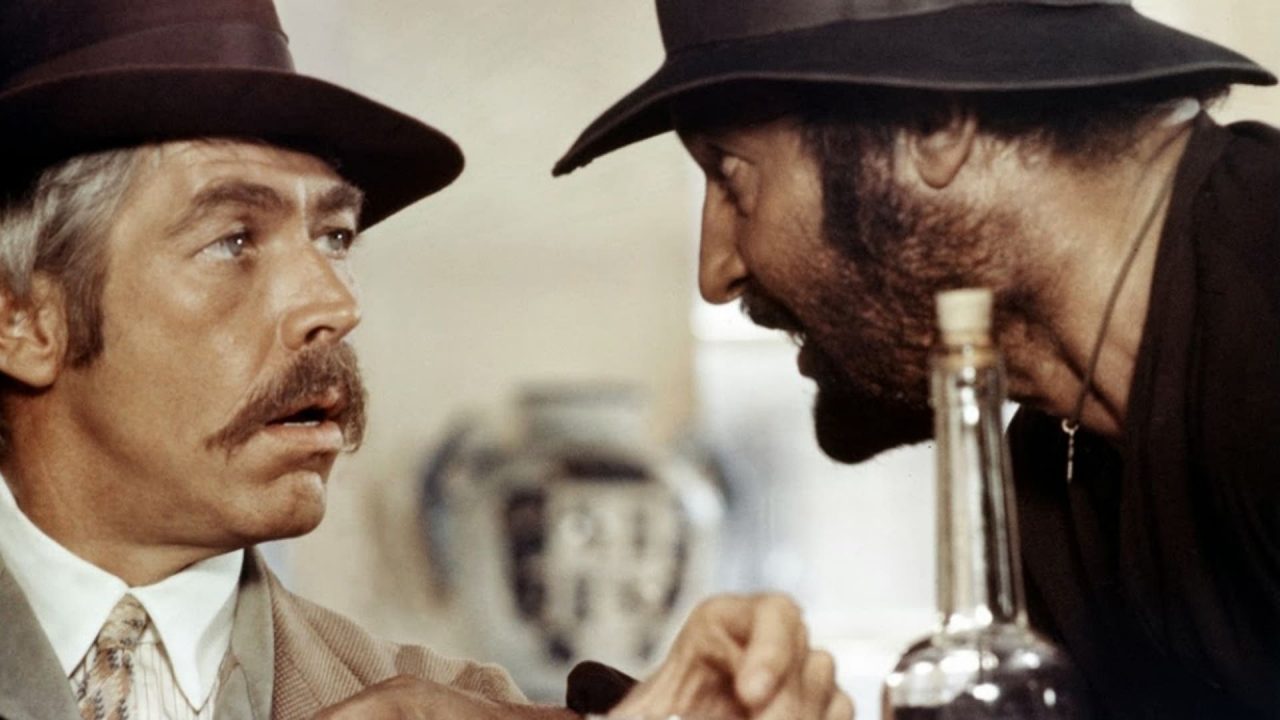
The cunning Juan somewhat forces the newcomer to travel to the nearby town of Mesa Verde to rob a bank — without Mallory, an explosives expert, the plan cannot succeed. After a series of maneuvers and tricks, the two companions reach the mentioned town, but at that point, the film shifts its focus from western motifs to almost war-like imagery. Juan and John become participants in the Mexican Revolution of 1910–1920. Mallory, having revolution in his blood, fully engages in the cause, while the simple Miranda feels increasingly disillusioned with his situation and his country’s plight. Over time, the bond between the two men strengthens, and they change their views on the revolution and life in general.
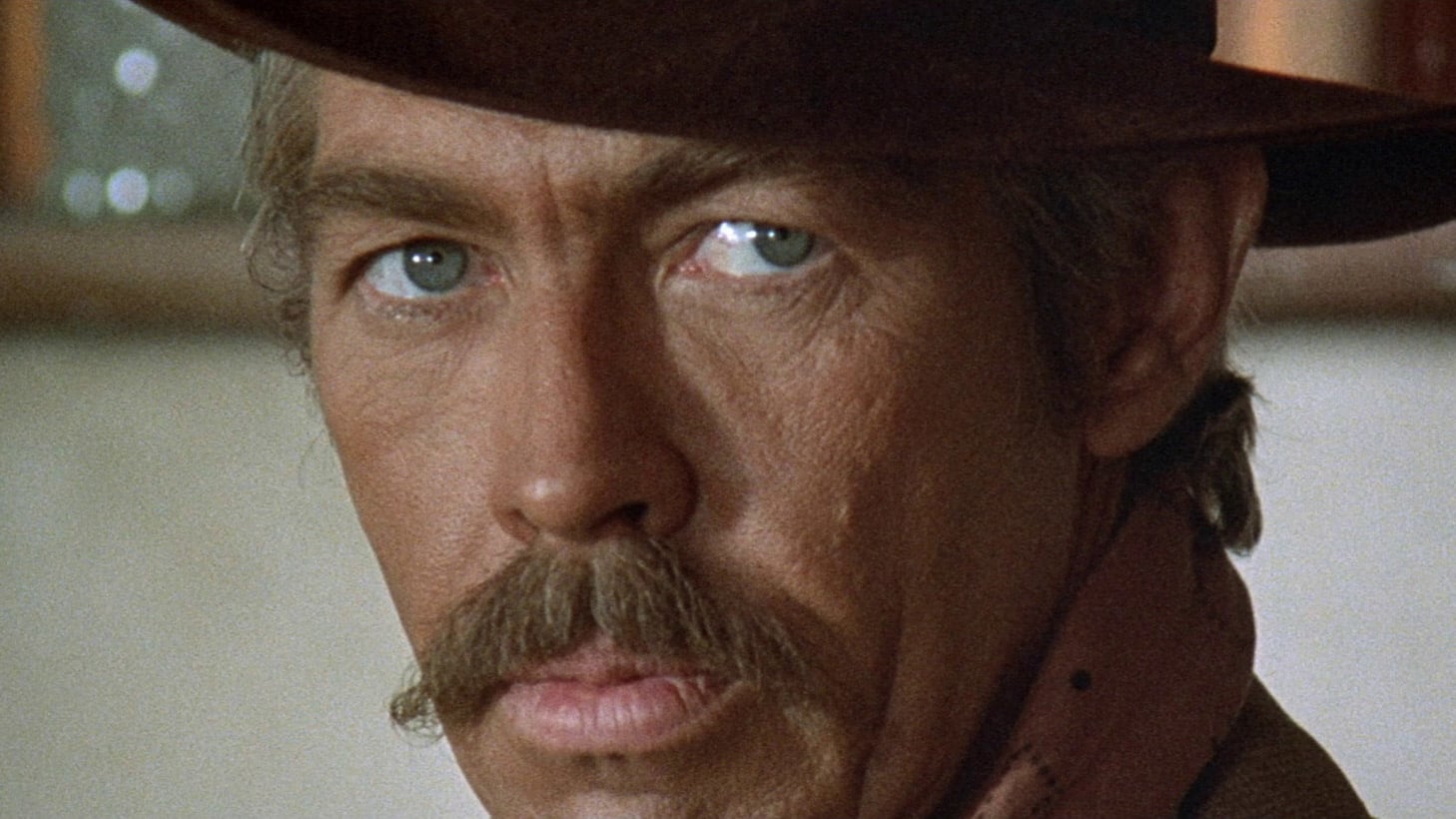
Leone claimed that A Fistful of Dynamite, despite its historical-political narrative, is primarily a film about friendship. The pair of protagonists refer to duos from the so-called Zapata westerns, set during the Mexican Revolution. Juan is a local bandit uninterested in revolutionary struggle; John, on the other hand, is a fervent supporter of political upheaval. As is typical in spaghetti westerns, the moral principles of both characters are ambiguous — neither is entirely bad, but neither is purely virtuous. Although Juan initially seems like an ordinary money-chasing bandit, it turns out that his recklessness stems from disappointment with successive failed political changes and exploitation by the wealthier classes. John, meanwhile, believes in the power of revolution and fights for a better future but can also use cunning tactics. Both change over time.
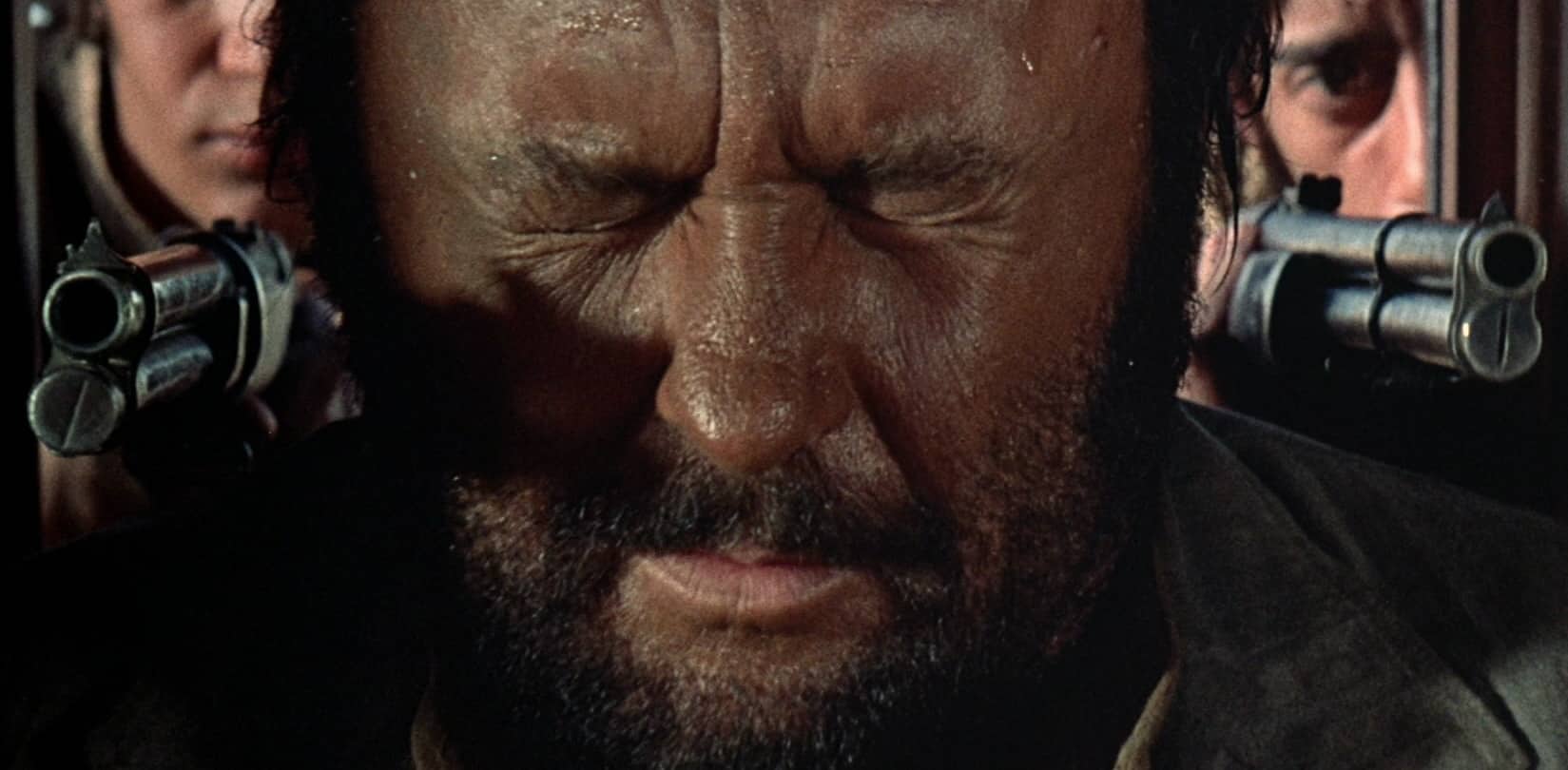
The Mexican finds reserves of altruism, not only towards his companion but also towards the whole nation, while the Irishman realizes that revolutions are never beautiful and sublime. The two friends, although distinctly different, continually support each other and are drawn together, with their chemistry being not just a creation of the filmmakers. The actors themselves are excellent — Steiger, with his humor and spunk, resembles Tuco from The Good, the Bad and the Ugly; Coburn is the type of cunning but tough and devoted friend, occasionally dropping the catchphrase: Duck, you sucker!
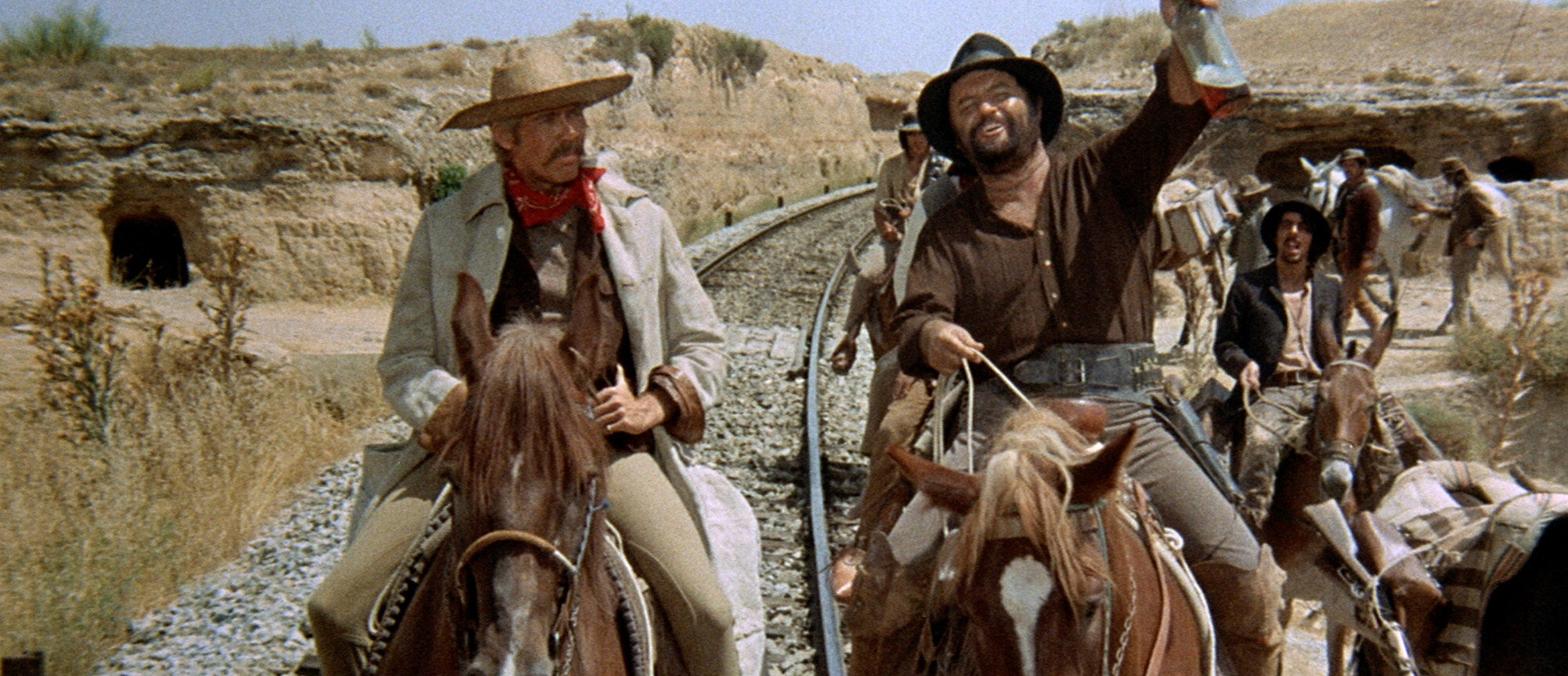
The main storyline of A Fistful of Dynamite is, however, the Mexican Revolution. The journey of the protagonists to Mesa Verde becomes a prelude to their participation in the power struggles in early 20th-century Mexico. The lust for money quickly disappears, replaced by something loftier. However, it soon becomes clear that loftiness is just a slogan. Leone demythologizes the revolution and its romantic image, showing peasants as not benefiting from the constantly changing power, which is only interested in control and wealth. It is the poor, impoverished residents of Mexico who die for the cause. In fact, their situation does not improve at all.
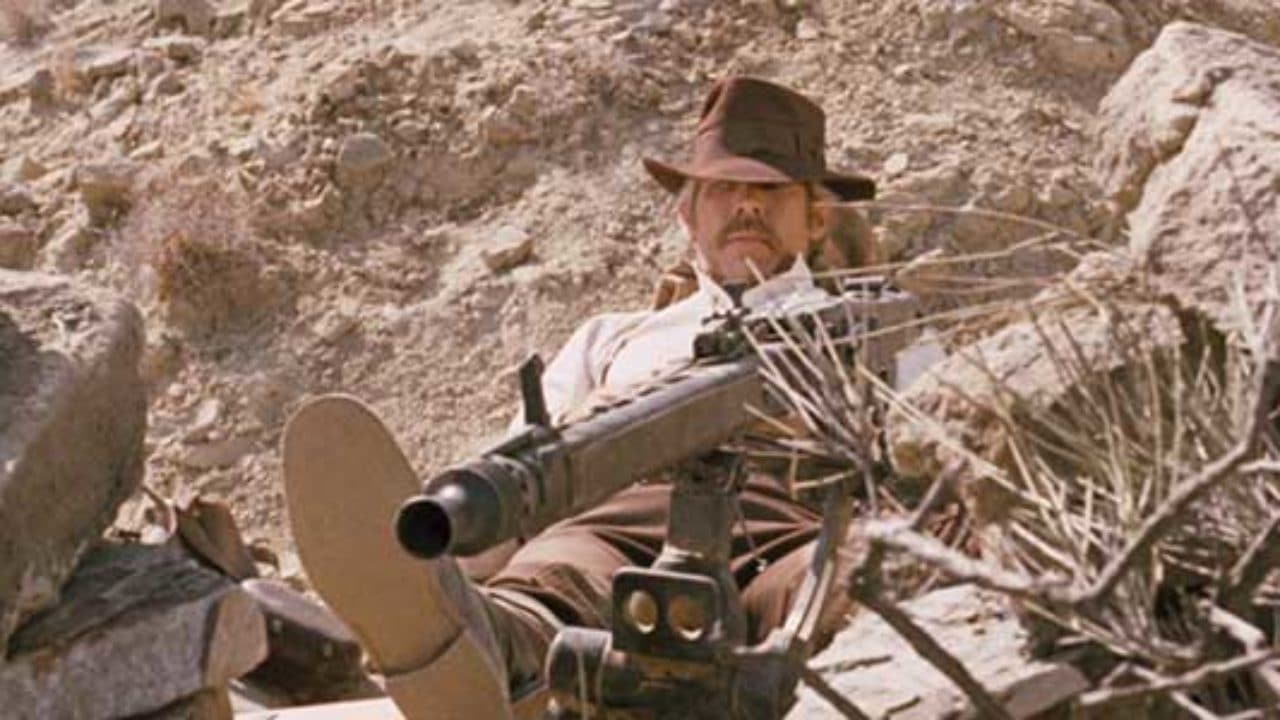
The revolution is a period full of bloody violence, public executions, and injustice. Because of this, A Fistful of Dynamite sometimes resembles a war film. Especially the final battle between government soldiers and rebels brings to mind battle scenes from World War II. Leone never skimped on spectacle, so this film also includes highly spectacular moments, such as the blowing up of a bridge or the aforementioned large skirmish at the end. However adventurous some scenes may seem, the director does not allow us to forget the tragedy of the events being witnessed. The most shocking moment is when the executed peasants — adults, old people, children — lie on top of each other in a dark cave, with their eyes wide open.

In A Fistful of Dynamite, some see Leone’s revisionist tendencies, typical of Italian cinema of the time, referring to the fascist period in Italy’s history and the Nazi occupation of Rome. It’s hard not to notice the resemblance between the film’s main antagonist, Colonel Günther Ruiz, and German soldiers. Similar associations can be drawn from the massacre in the caves where the rebels hide, reminiscent of the mass execution in the Ardeatine Caves in 1944. Many individual frames from the film, devoid of context, would look like shots from a war movie. The film also includes references to Francisco Goya’s series of etchings, The Disasters of War, especially in the scenes of executing captured revolutionaries.
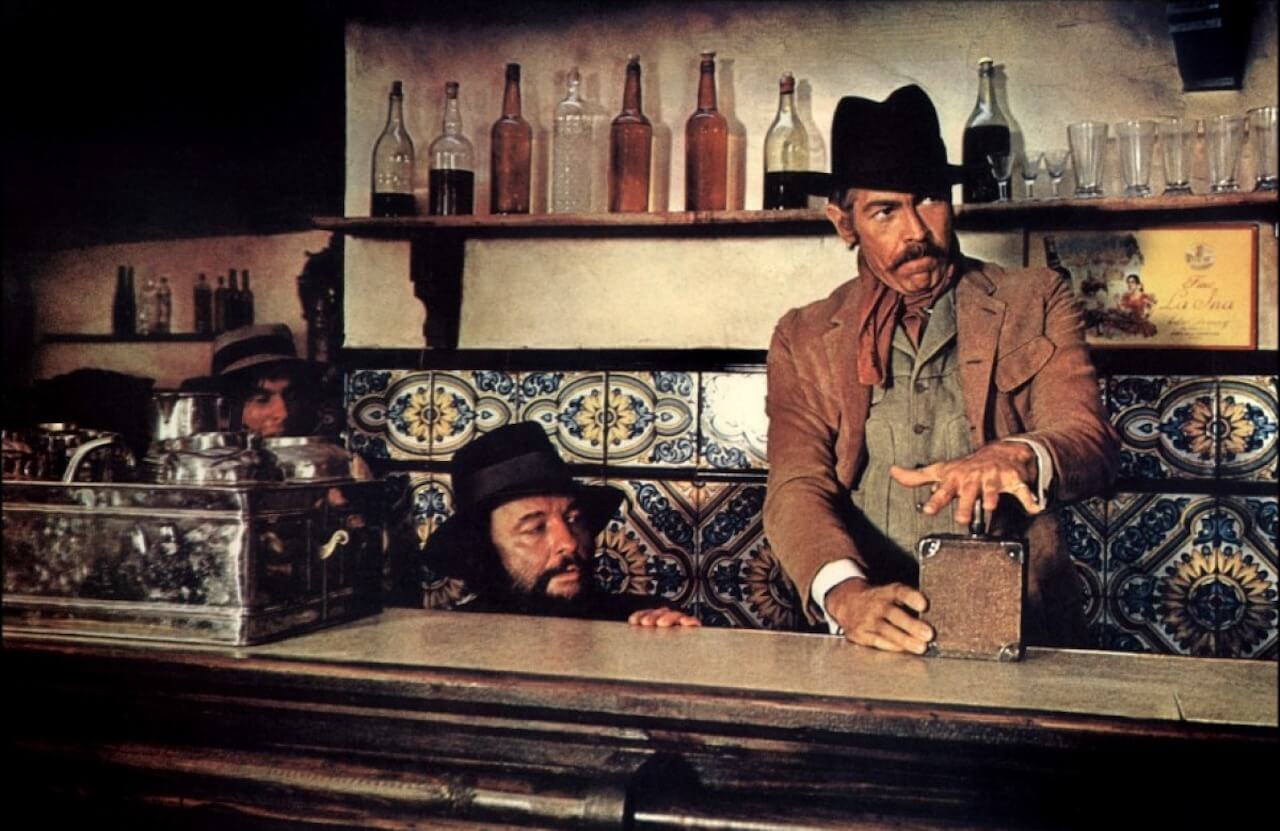
A Fistful of Dynamite distinctly differs from Leone’s other westerns. The Italian’s film, although still within the genre, again featuring Ennio Morricone’s characteristic music, is a different work. The iconography of the spaghetti western turns out to be a foundation for a drama with elements of a war film, featuring surprisingly deep character psychology for Leone’s work. At its release, the film did not garner much attention; this changed only after many years. From today’s perspective, A Fistful of Dynamite is a highly successful blend of Italian western style with a story about the tragic fate of a nation and its comrades in adversity, continuously tested in their character.

